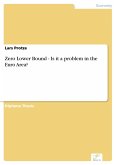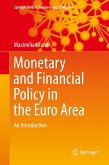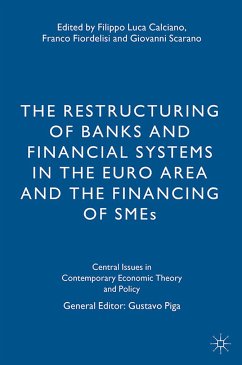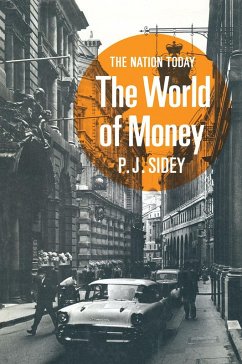

Broschiertes Buch
Optimal Monetary Policy in a Low Inflation Environment
21. August 2008
Diplomica Verlag
| eBook, PDF | 53,00 € |
Statt 58,00 €**
53,00 €
**Preis der gedruckten Ausgabe (Broschiertes Buch)
inkl. MwSt. und vom Verlag festgesetzt.
Sofort per Download lieferbar
VersandkostenfreieBook, PDF
28. August 2008
Diplomica Verlag
Ähnliche Artikel


eBook, PDF
31. Mai 2018
Springer International Publishing


eBook, PDF
26. Mai 2015
Palgrave Macmillan UK

eBook, PDF
14. März 2006
Springer Berlin Heidelberg

24,95 €
Sofort per Download lieferbar

37,99 €**
29,99 €
**Preis der gedruckten Ausgabe (Broschiertes Buch)
Sofort per Download lieferbar
VersandkostenfreieBook, PDF
14. Oktober 2015
Springer Fachmedien Wiesbaden


Ähnlichkeitssuche: Fact®Finder von OMIKRON
